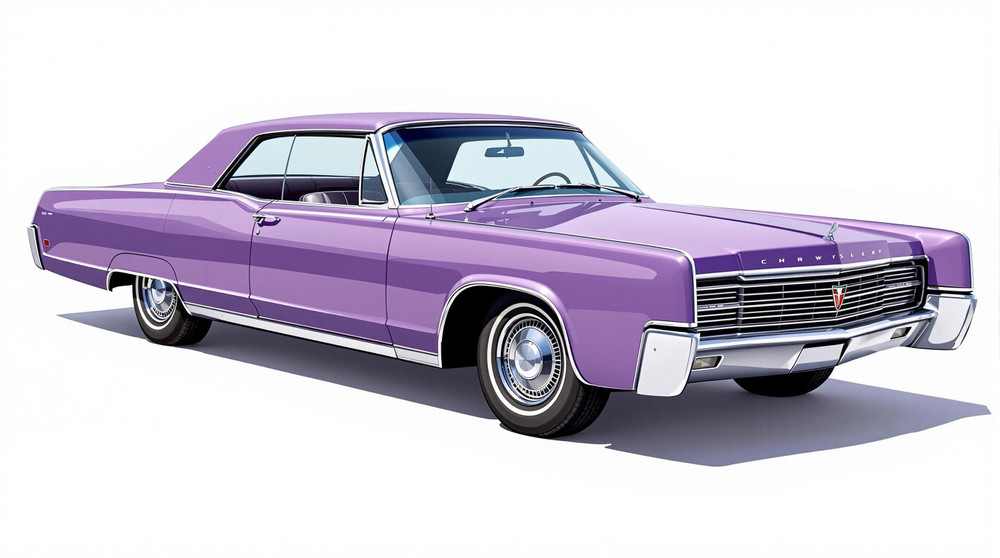Image of 1968 Chrysler Imperial, Note: These illustrations use artistic license and may differ from actual historical models.
Performance Metrics
Fundamental Metrics
Emotional Appeal
MMP Rating
| Engine Specifications | |
|---|---|
| Engine: | 440 cu in (7.2 L) V8 |
| Displacement: | 440 cu in (7.2 L) |
| Horsepower: | 350 hp |
| Torque: | 480 lb-ft |
| Compression Ratio: | 10.1:1 |
| Ignition System: | Electronic Ignition |
| Cooling System: | Liquid-cooled |
| Performance Specifications | |
| 0-60 Time: | 8.5 seconds |
| 1/4 Mile Time: | 16 seconds |
| Top Speed: | 125 mph |
| Transmission and Drive | |
| Drive Type: | Rear-wheel drive |
| Transmission Type: | 3-speed TorqueFlite automatic |
| Fuel and Efficiency | |
| Fuel System Type: | Carburetor |
| MPG: | 10-12 mpg |
| Dimensions and Brakes | |
| Brakes: | Power-assisted drum brakes |
| Wheelbase: | 127.0 in |
| Weight: | 4,900 lbs |
Note: Specifications for classic cars are given to the best of our ability, considering the limited and variant data available.
Unveiling the Majesty of the 1968 Chrysler Imperial
The 1968 Chrysler Imperial was not just a car; it was a declaration of luxury and American automotive prowess. Born from the illustrious Chrysler Corporation, this vehicle emerged during an era when size and opulence were the benchmarks of success. Its grandeur was a testament to the company's commitment to excellence, standing as a pinnacle of high-end American automobiles. A unique fact that car enthusiasts revel in is that the '68 Imperial was one of the last vehicles designed under the watchful eye of Virgil Exner, making it a swan song of his "Forward Look" design philosophy.
Design and Innovation
The exterior of the 1968 Chrysler Imperial exuded elegance with its long, sculpted body lines and imposing front grille. The quad headlights sat like jewels within bezels that seemed to float separate from the grille itself, a design choice that was both bold and distinctive. Inside, passengers were cradled in luxury with premium upholstery options, including fine leathers and rich fabrics. The dashboard's layout was driver-centric, with gauges and controls within easy reach, reflecting an era when craftsmanship intertwined with user experience.
Technologically, the Imperial was ahead of its time, boasting innovations such as an automatic climate control system called "Auto Temp" and an AM/FM radio with a stereo 8-track player. Color options ranged from deep blues to classic whites, with popular choices often highlighting the car's dramatic lines. Among its various body styles, including sedans and coupes, the Crown Coupe stood out as an iconic representation of the model's allure.
Historical Significance
The 1968 Chrysler Imperial made its mark on automotive history by setting standards in luxury and innovation. It differentiated itself from competitors through its unique torsion-bar suspension setup, which contributed to a ride quality that many contemporaries struggled to match. Its lasting influence can be seen in the prioritization of comfort and advanced features in today's luxury vehicles.
Performance and Handling
Underneath its stately exterior lay a robust 440 cubic inch V8 engine that propelled the Imperial with authority. With a top speed that flirted with the 120 mph mark and acceleration from 0-60 mph in under 10 seconds, it was no slouch despite its size. On winding roads or over imperfections, the Imperial maintained composure thanks to its well-engineered suspension system. The driving experience was one of quiet confidence; the engine's low rumble was a reminder of power at one's command without intruding on the cabin's tranquility.
Ownership Experience
The Imperial served various roles from being a stately daily driver to gracing car shows as a cherished classic. Maintenance could be considered straightforward for its era, with many parts shared across other Chrysler models. However, certain unique components might present challenges due to scarcity.
Fun Facts
Among trivia that fascinates aficionados is that Frank Sinatra reportedly owned a '68 Imperial; this connection added to its allure among collectors. While not known for breaking speed records, it did set benchmarks for luxury features within American cars.
Collector's Information
Today, finding a 1968 Chrysler Imperial in pristine condition can be akin to unearthing treasure. Production numbers were relatively low compared to mass-market vehicles; estimates suggest somewhere around 15,000 units across all body styles were produced. As for value range, well-maintained examples can fetch anywhere from $15,000 to over $30,000 depending on provenance and condition.
Conclusion
The 1968 Chrysler Imperial remains an iconic piece of American automotive history; its blend of luxury, performance, and distinctive styling continues to captivate enthusiasts around the world. As we look back at this majestic vehicle, we are reminded of an era where cars were more than just transportation—they were statements of identity and ambition.
1968 Chrysler Imperial Catalog of Parts
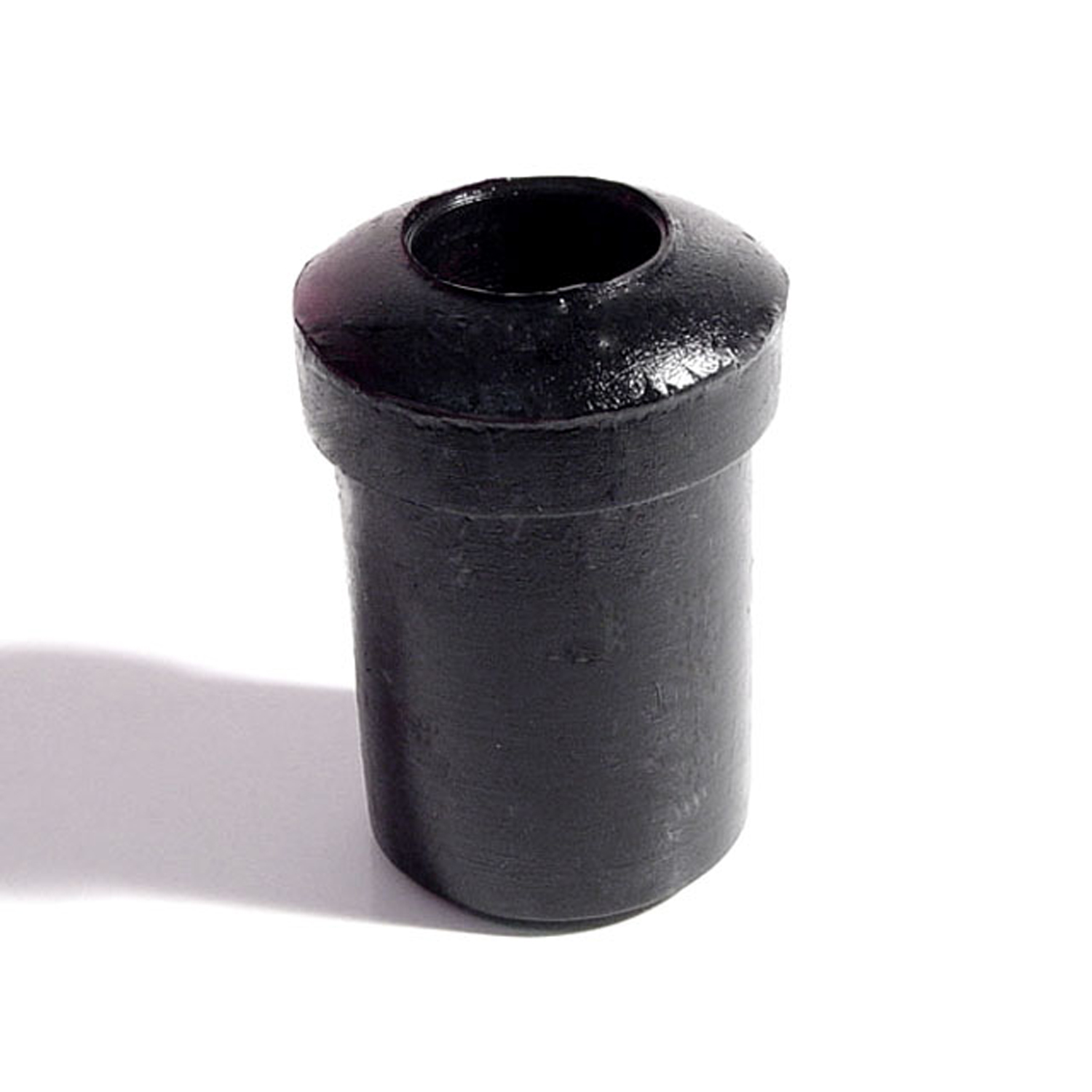 1968 Chrysler Imperial Spring and Shackle Bushing. 1" bottom O.D-BN 20Spring and Shackle Bushing. 1" bottom O.D. X 1-5/8" high, with 9/16" I.D. Each
1968 Chrysler Imperial Spring and Shackle Bushing. 1" bottom O.D-BN 20Spring and Shackle Bushing. 1" bottom O.D. X 1-5/8" high, with 9/16" I.D. Each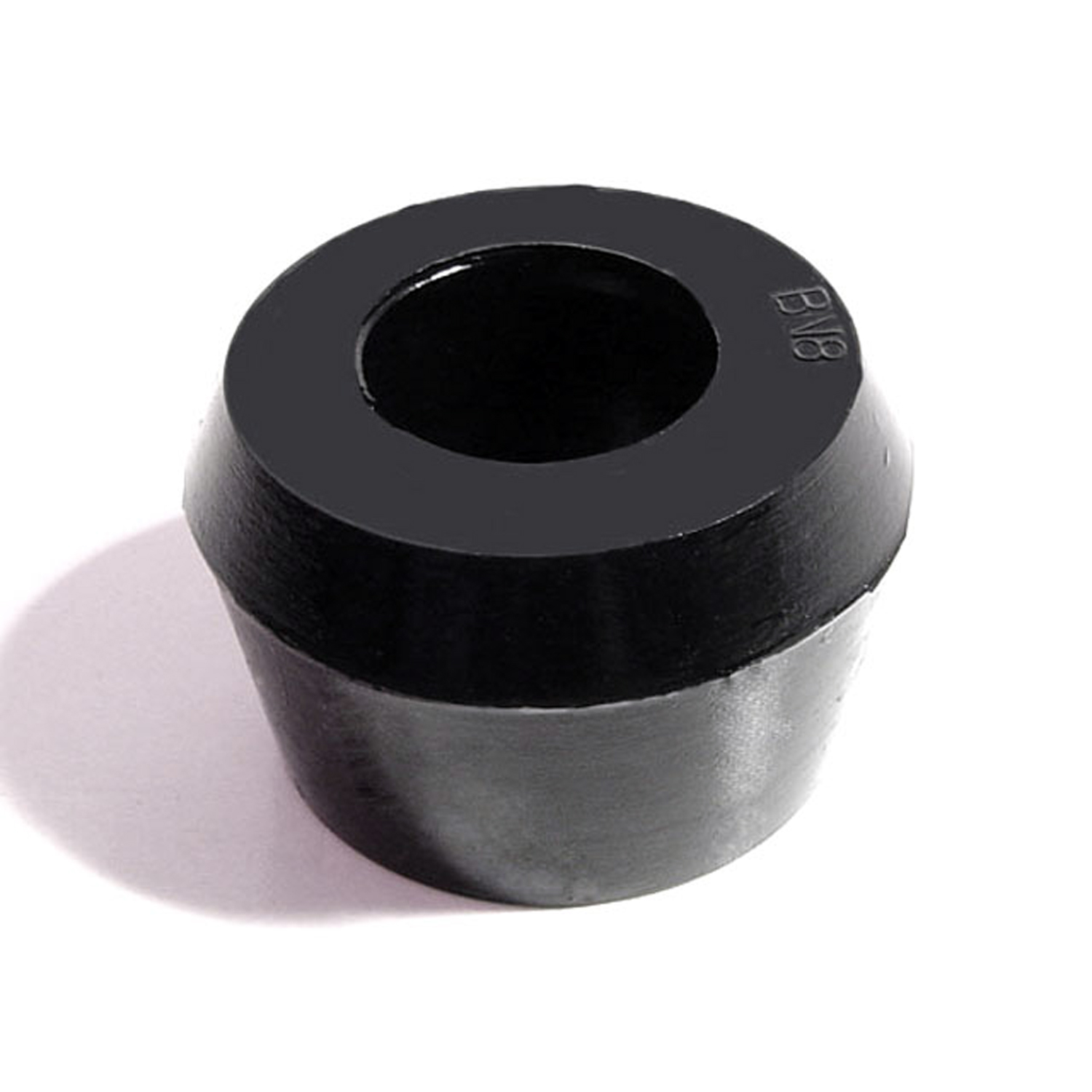 1968 Chrysler Imperial Shock Absorber Grommet. 1-1/4" bottom O.D-BN 8Shock Absorber Grommet. 1-1/4" bottom O.D., 1" high, with 3/4" I.D. Each
1968 Chrysler Imperial Shock Absorber Grommet. 1-1/4" bottom O.D-BN 8Shock Absorber Grommet. 1-1/4" bottom O.D., 1" high, with 3/4" I.D. Each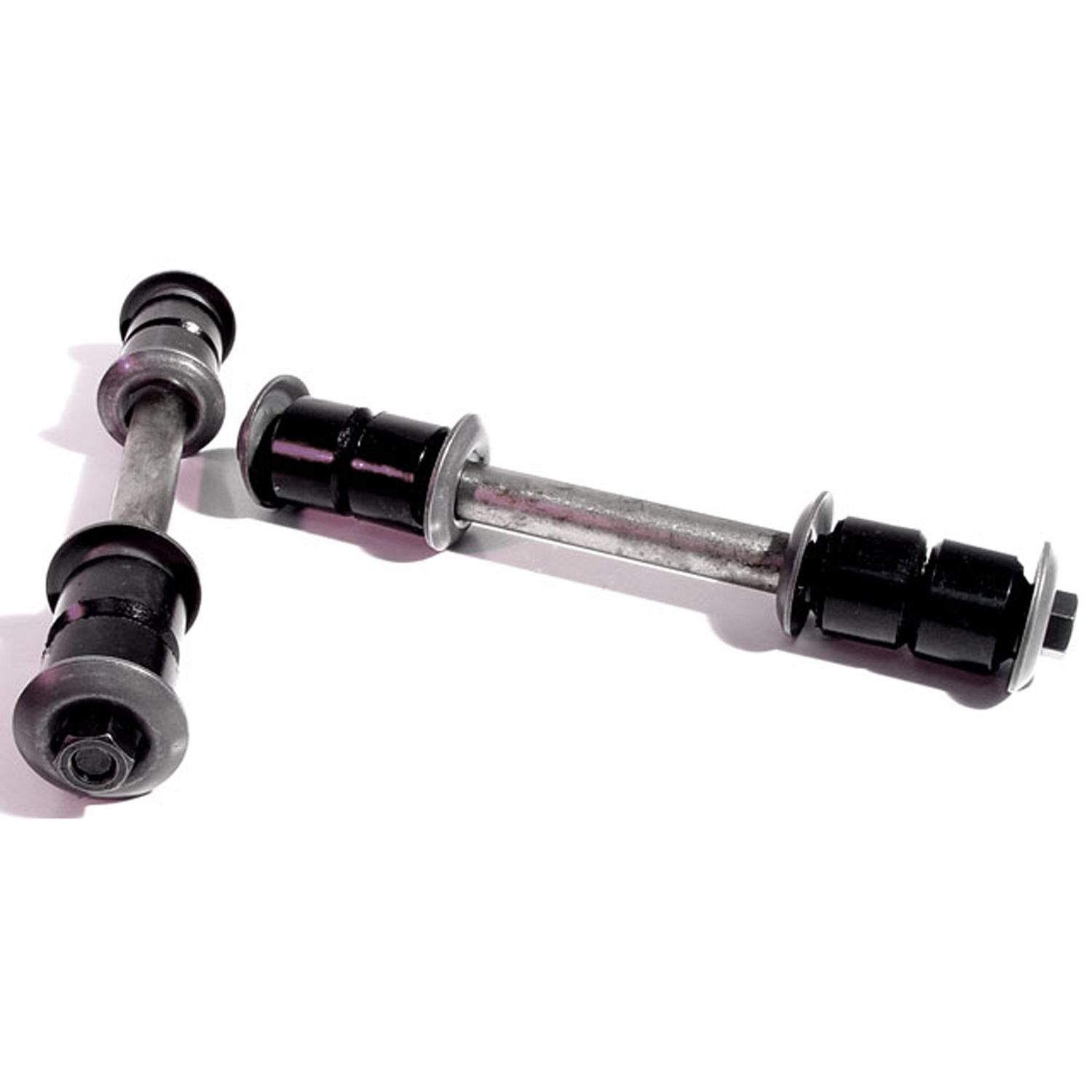 1968 Chrysler Imperial Front Stabilizer End Repair Kit-BNK 21Front Stabilizer End Repair Kit. 22-piece set for two stabilizer bars. Contains all rubber bushings, washers, bolts and nuts, enough for one front end. Set
1968 Chrysler Imperial Front Stabilizer End Repair Kit-BNK 21Front Stabilizer End Repair Kit. 22-piece set for two stabilizer bars. Contains all rubber bushings, washers, bolts and nuts, enough for one front end. Set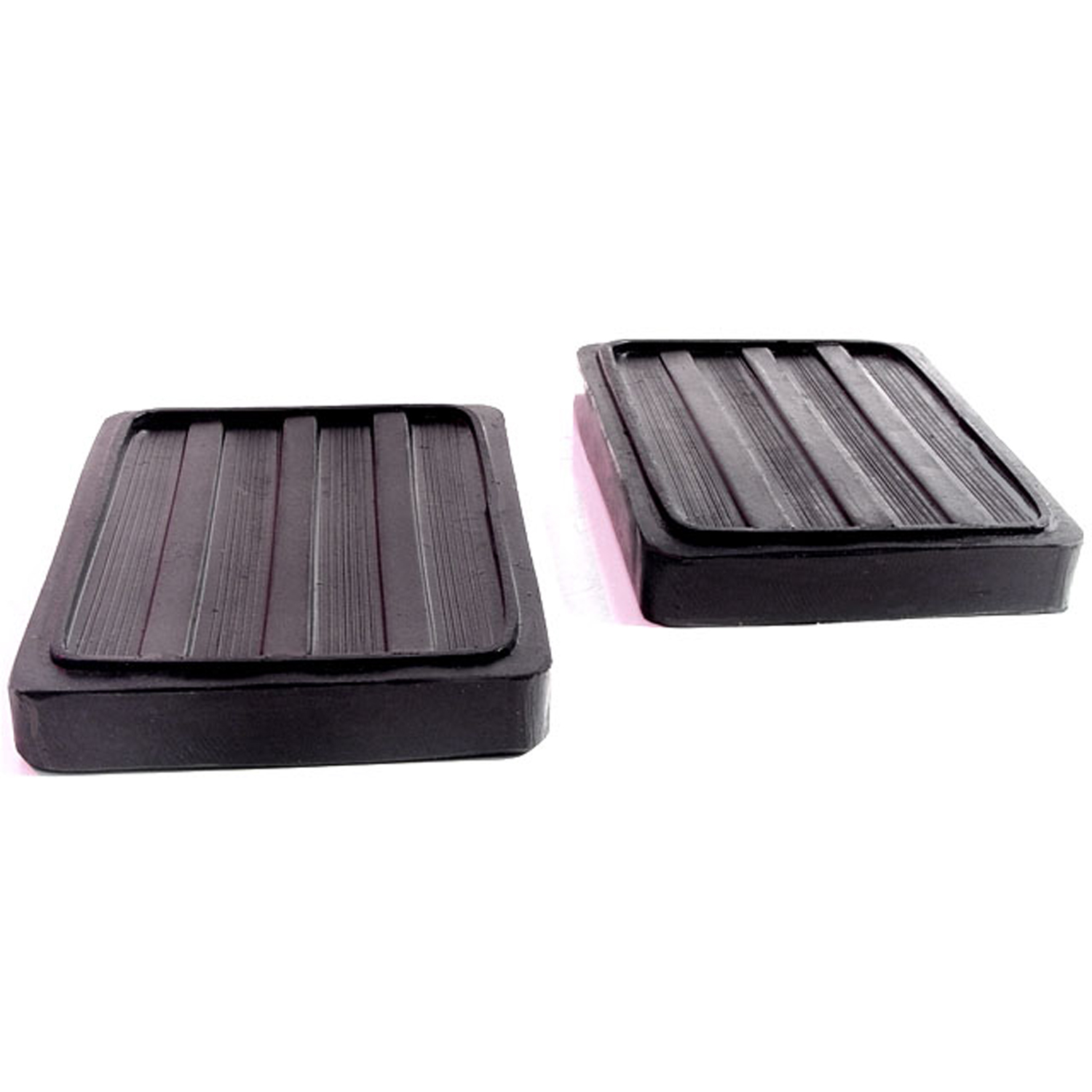 1968 Chrysler Imperial Clutch and Brake Pedal Pads. 3" wide X 3-7/8" long. Pair-CB 27Clutch and Brake Pedal Pads. 3" wide X 3-7/8" long. Pair
1968 Chrysler Imperial Clutch and Brake Pedal Pads. 3" wide X 3-7/8" long. Pair-CB 27Clutch and Brake Pedal Pads. 3" wide X 3-7/8" long. Pair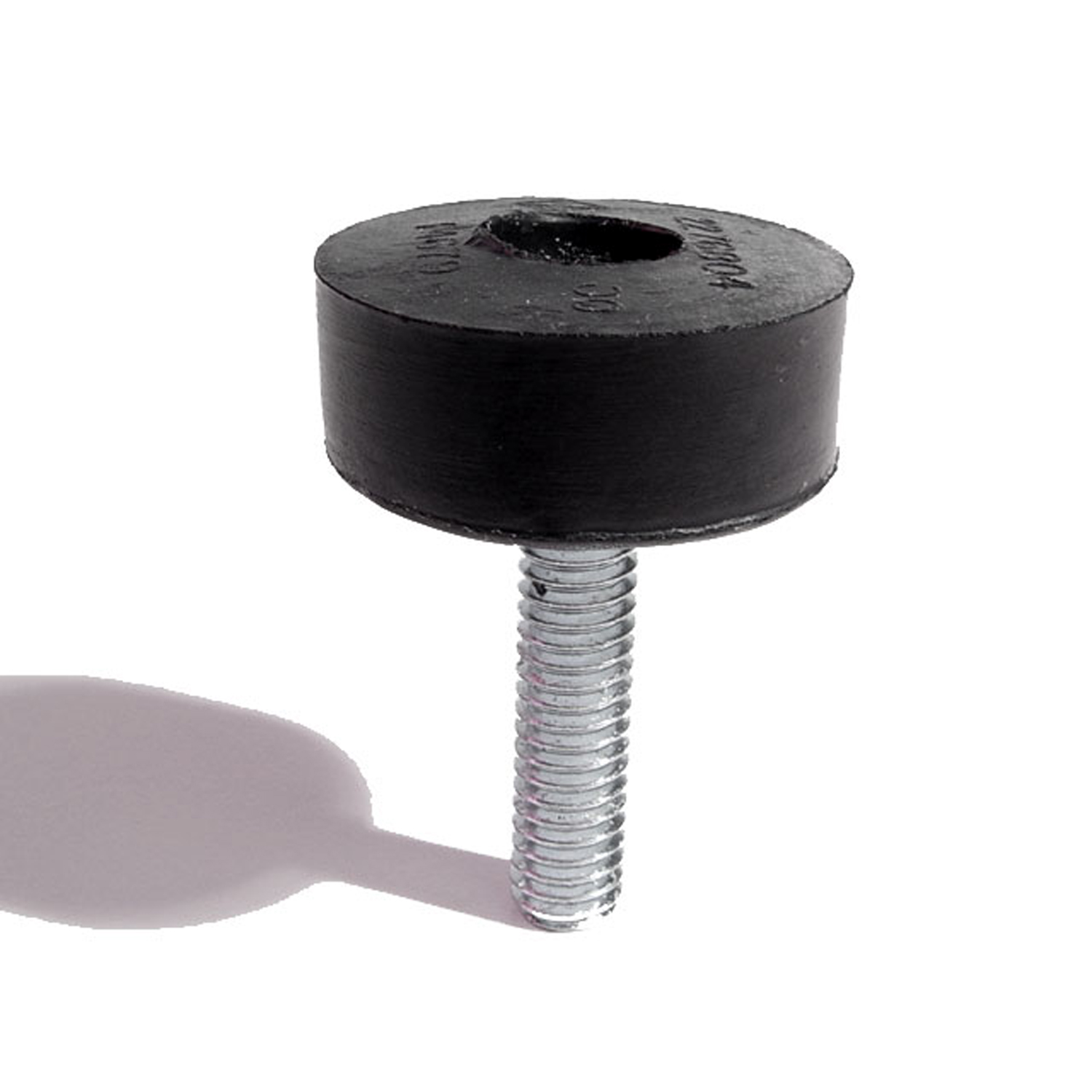 1968 Chrysler Imperial Hood Adjustment Bolt and Bumper-HA 8Hood Adjustment Bolt and Bumper. 1-3/16" diameter rubber head. 5/16" thick X 18 threads/inch X 1-1/4" long bolt. Each
1968 Chrysler Imperial Hood Adjustment Bolt and Bumper-HA 8Hood Adjustment Bolt and Bumper. 1-3/16" diameter rubber head. 5/16" thick X 18 threads/inch X 1-1/4" long bolt. Each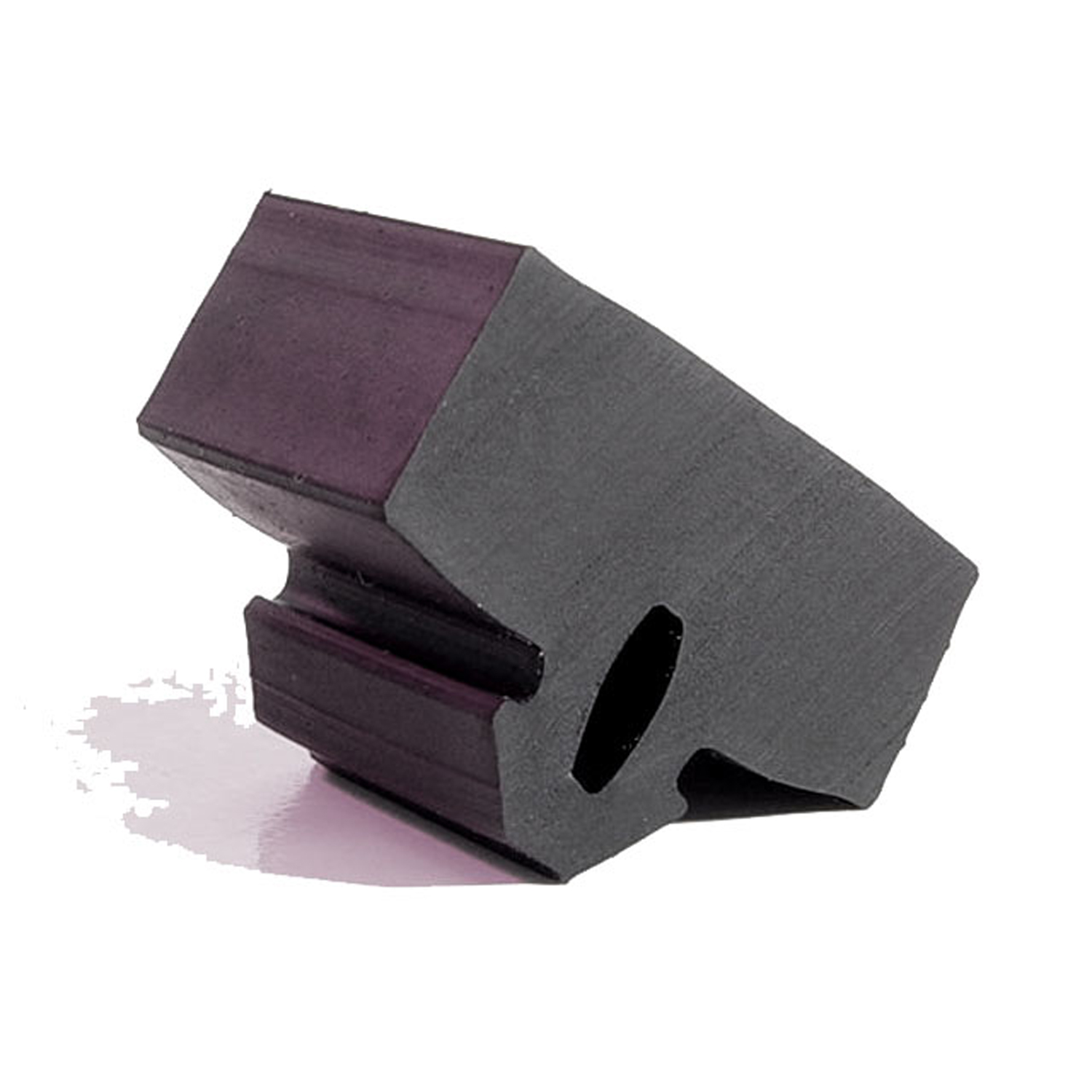 1968 Chrysler Imperial Trunk Bumper. Each-HF 62Trunk Bumper. Each
1968 Chrysler Imperial Trunk Bumper. Each-HF 62Trunk Bumper. Each 1968 Chrysler Imperial Beaded Deck Rack Mounting Pads. 1-7/16" X 3". Pair-MP 622-BBeaded Deck Rack Mounting Pads. 1-7/16" X 3". Pair
1968 Chrysler Imperial Beaded Deck Rack Mounting Pads. 1-7/16" X 3". Pair-MP 622-BBeaded Deck Rack Mounting Pads. 1-7/16" X 3". Pair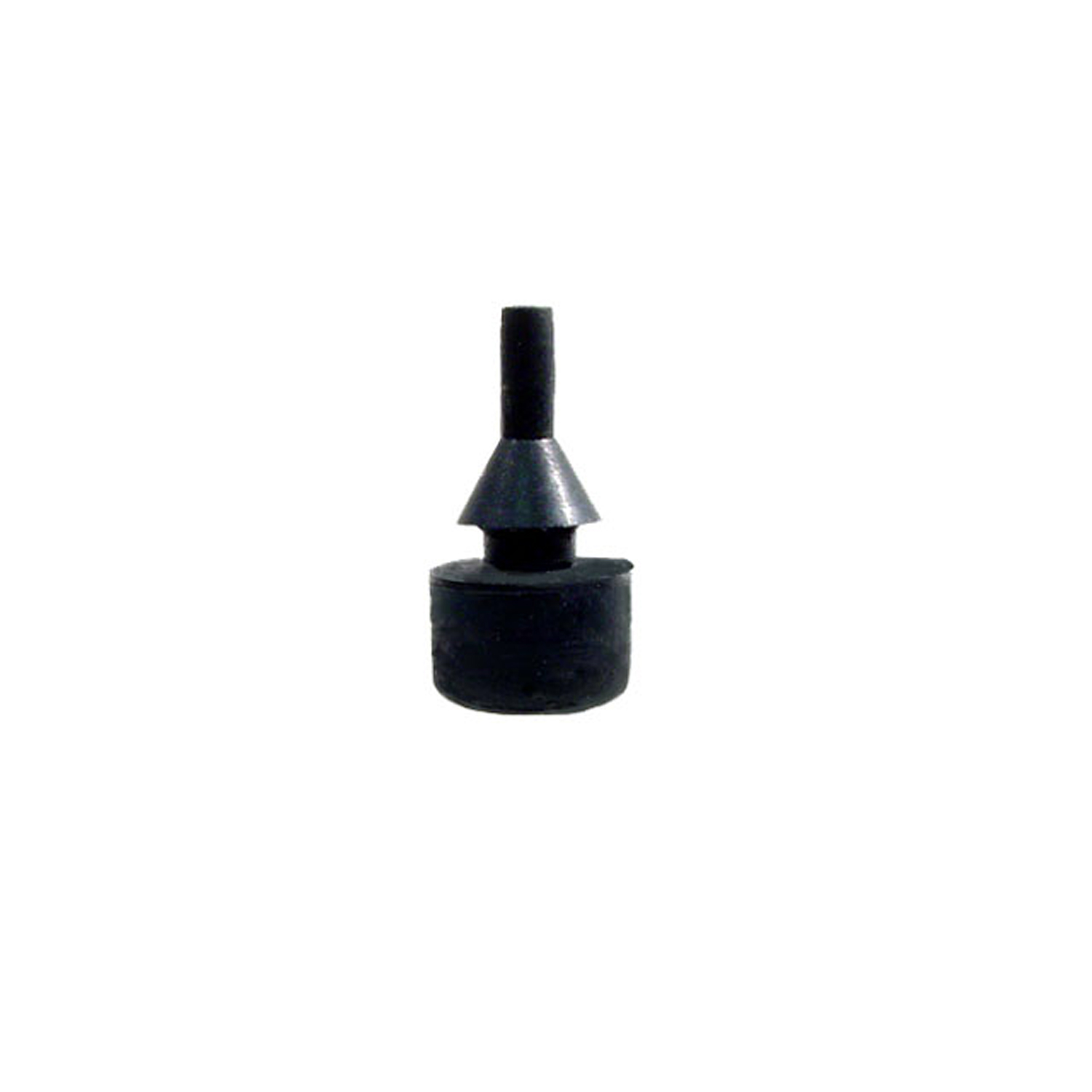 1968 Chrysler Imperial License Plate Bumper. 7/16" O.D., fits a 1/4" hole. Each-SB 86License Plate Bumper. 7/16" O.D., fits a 1/4" hole. Each
1968 Chrysler Imperial License Plate Bumper. 7/16" O.D., fits a 1/4" hole. Each-SB 86License Plate Bumper. 7/16" O.D., fits a 1/4" hole. Each 1968 Chrysler Imperial Door Weather Strip to Inside Panel Clip-WF 7-DDoor Weather Strip to Inside Panel Clip. Made of white nylon, 3/8" long. Each
1968 Chrysler Imperial Door Weather Strip to Inside Panel Clip-WF 7-DDoor Weather Strip to Inside Panel Clip. Made of white nylon, 3/8" long. Each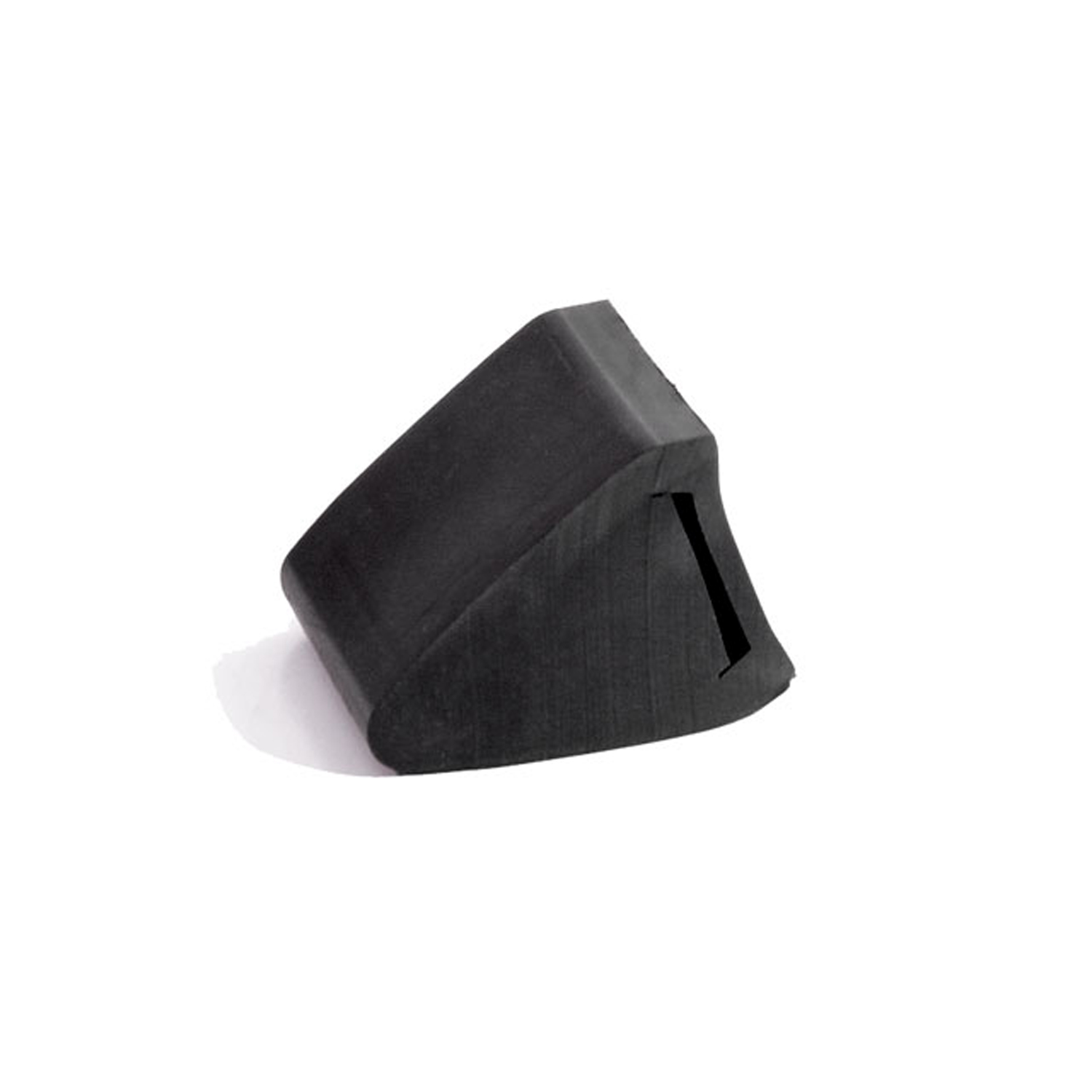 1968 Chrysler Imperial Suspension bumper. '62-up Mopar A-, B- and C-body-XB 1Suspension bumper. '62-up Mopar A-, B- and C-body. Fits over the rear axle. Each.
1968 Chrysler Imperial Suspension bumper. '62-up Mopar A-, B- and C-body-XB 1Suspension bumper. '62-up Mopar A-, B- and C-body. Fits over the rear axle. Each.Why Choose Metro?
For over 100 years, Metro Moulded Parts has been the pinnacle of quality in classic car restoration parts. Our commitment to precision and authenticity in every component ensures a perfect fit and an OEM-level appearance.
- Expert Craftsmanship & Quality: Each part is a testament to our dedication to reliability and perfection, crafted from original designs and thoroughly tested.
- Advanced Technology: We use cutting-edge techniques to create flawless, long-lasting parts that surpass others in performance.
- SuperSoft Sponge – The Ultimate Door Seal: Not only are our door seals 30% softer than competitors', but they're also guaranteed to never leak. They effectively reduce wind and road noise, enhancing your classic car's comfort and driving experience.
- Proudly American: Our parts are a product of American craftsmanship, made in the USA with a spirit of excellence and heritage.
- Unrivaled Warranty: We back our products with a 30-year industry-leading warranty, a testament to our confidence in their quality.
Join us in preserving the legacy of classic cars with parts that are crafted for perfection, not just made.

